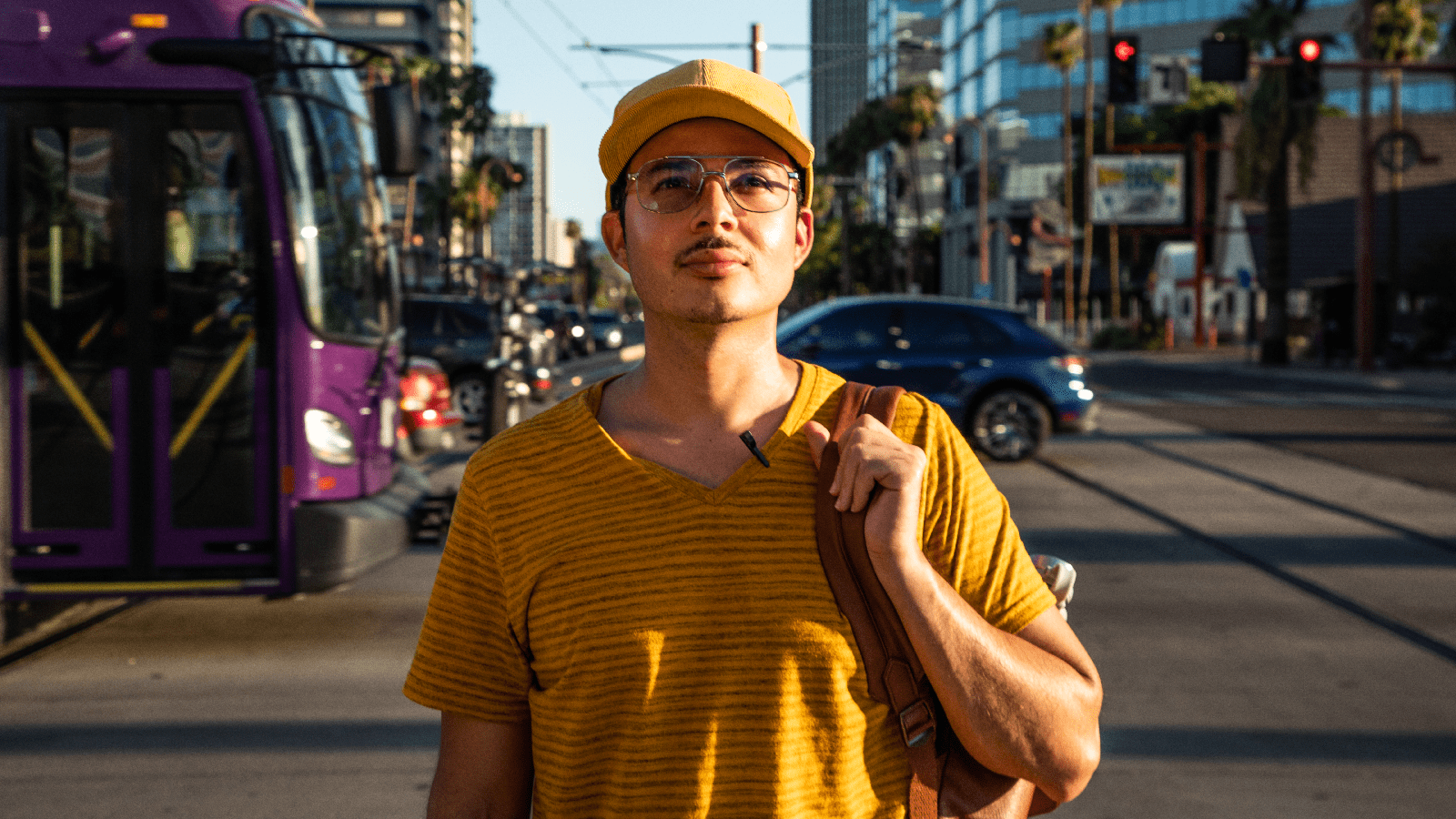Heat is a serious problem in Arizona, especially in Phoenix — one of the fastest-warming cities in the U.S. Climate change is making it hotter, with temperatures climbing as high as 118 degrees Fahrenheit on recent summer days.
That heat comes at a cost. Residents of the Phoenix metropolitan area spend about $7.3 million every year in emergency room visits and hospitalizations due to heat-related illnesses, according to a 2021 economic assessment commissioned by the Nature Conservancy, a nonprofit environmental organization. Socially vulnerable populations — people without vehicles, with disabilities, older adults, those who are experiencing poverty, and people with limited English proficiency, to name just some — tend to carry a heavier burden.
This pattern can be found across the U.S. A 2021 EPA report found that marginalized communities are disproportionately harmed by climate change and its most severe consequences, such as worsening air quality, hotter temperatures, and floods
In Phoenix, researchers found that low-income and predominantly Latino neighborhoods endure hotter temperatures, especially in the southwestern areas of the city, where temperatures showed to be 3 to 5 degrees warmer on average than in wealthy areas with predominantly white populations. These neighborhoods also tend to be affected by policies, such as redlining and disinvestment, that have left them with fewer shade trees and parks to provide cooling.
Chispa AZ is a climate justice organization that focuses on growing political power and civic engagement in Latinx communities. In April 2022, the group launched the “Clean and Green” or “Limpia y Verde” campaign to help residents drive conversations around policy and community investment.
In this interview, Masavi Perea, Chispa AZ’s organizing director, shares why the organization is working to ensure that residents’ voices are included in the public policy and climate resiliency efforts developed by the local governments.
This interview has been edited and condensed.
Yale Climate Connections: Would you tell us how Chispa AZ became interested in such an effort?
Masavi Perea: Before the pandemic started, Chispa AZ was involved in a cooling experiment that brought us to work with the Nature Conservancy, Arizona State University, and officials from the Maricopa County Public Health Department to address extreme urban heat in specific neighborhoods: Edison-Eastlake, Mesa Care and Lindo-Roesley Park.
The residents in these communities were not just prone to heat-related illnesses but had also complained about the lack of investment in their neighborhood parks and playgrounds.
Our job was to work together with other community organizations to mobilize local residents in sharing their ideas and needs to be addressed with cooling corridors and green infrastructure.
As part of the results, these neighborhoods now have amenities designed by its residents, some of which now provide drinking water and shade in parks, bus stops, sidewalks, and playgrounds they couldn’t use as much before. Part of the result is also a proud community that utilizes these spaces that now serve them and that they were involved in its creation. The project taught us that people’s voices should be included in the decision-making process to successfully adapt and address issues like climate change.
So the campaign is how we follow up on that cooling experiment while seeking equity in a system that tends to neglect the most vulnerable residents and communities.
YCC: What are the equity components included in the Limpia y Verde campaign?
Perea: In addition to the revitalization of the neighborhood and building up more shade in parks and playgrounds to reduce the hot temperatures we experience nowadays in Maricopa, we are focusing on historic issues that are affecting Latino communities, like segregation and redlining.
Maricopa county, Phoenix in particular, has really bad air circulation. It’s like a hole with a lot of traffic on the freeways and waste from industrial sites. Latino residents are densely located in the south in the most polluted areas. And by design, these are the neighborhoods where people who can’t access higher-paying jobs can mostly afford to live.
So it’s not just extreme heat we deal with in the city. We also deal with poor air quality and gentrification. That’s why the Limpia y Verde campaign is also focused on air monitoring the pollutants in these neighborhoods and on rent regulations so that the lower-income residents don’t have to leave their community.
During the pandemic, we’ve seen that real estate developments and improvements are driving rent increases, and families are being displaced to the less expensive, more contaminated sections of the city. And we don’t want that for our people.
YCC: So how is the campaign structured?
Perea: Limpia y Verde launched on Earth Day with Chispa AZ members visiting public events and gathering within the communities to conduct online surveys. The idea is that these surveys will help us understand what are the issues that are affecting the residents’ day-to-day lives.
So far, we’ve learned that residents also need light fixtures in streets and sidewalks, drinking water in the parks and recreational centers, extended after-work hours to visit the playgrounds and more, in addition to the health and environmental concerns I’ve mentioned.
YCC: What is Chispa AZ looking forward to with Limpia y Verde?
Perea: We’ve shared these ideas with local officials at the city and county level, hoping that the community’s voices will be included and prioritized in the decision-making process.
The city of Phoenix approved $500 million in bonds to fund critical needs like the revitalization of parks, building storm resiliency and the development of affordable housing. We know that the local governments can’t afford to miss out on residents’ knowledge and first-hand experience.
The people who know best how to address climate change and these social issues are within these communities, the ones most harmed. So there is a need now to ensure that the power dynamics don’t keep policies and programs from hitting the mark.


